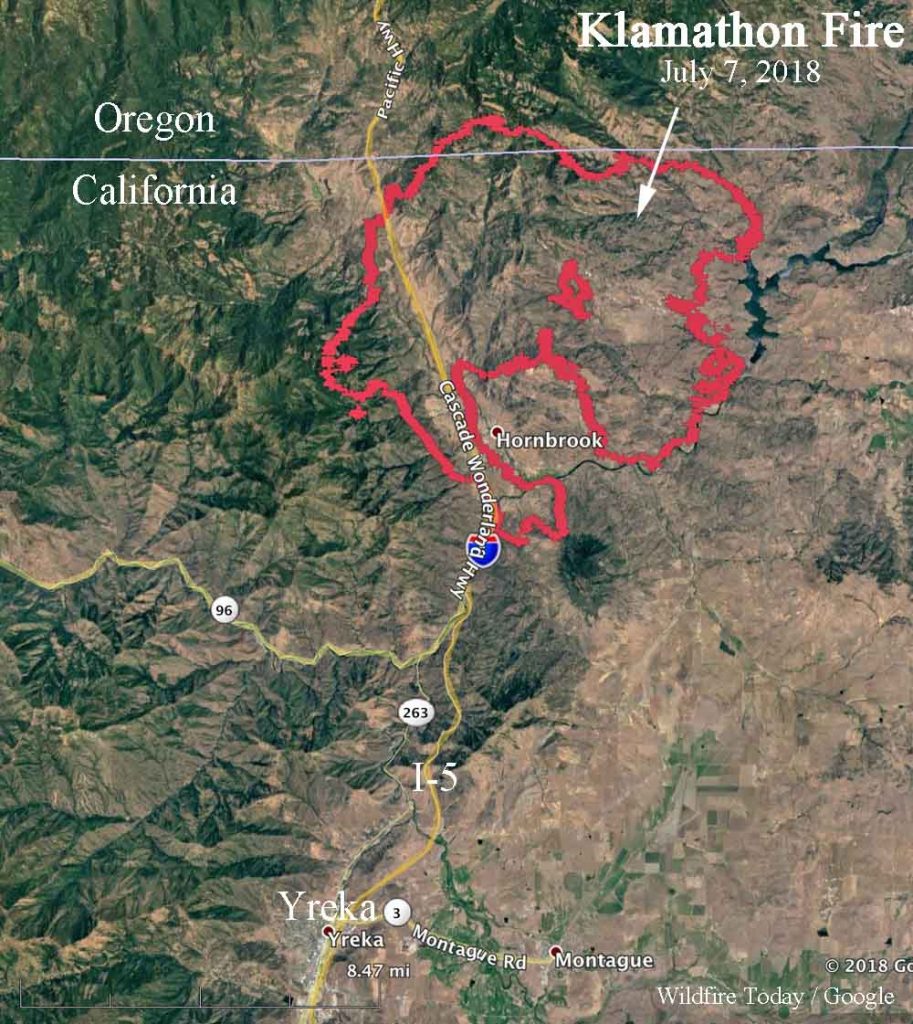

For example, a fire must have an active area ≥ 100m 2 to enable detection by a satellite pixel with an effective resolution of 1km. With that being said, traditional satellite fire detection algorithms currently used with the MODIS, VIIRS and GOES fire products begin to respond to active fires occupying a relatively small fraction (≥ 0.01 %) of the pixel footprint (assuming an average fire temperature of ≥ 800 K). Fire detection is largely a function of spatial resolution, with coarser data sets typically requiring larger and/or more intense fires for a successful detection compared to higher spatial resolution ones that can resolve smaller and/or less intense fires. There isn’t an absolute size above which one can expect a fire detection from satellites. To: “Satellite, Start, End, Density”, whereĭensity is defined as “ Satellite, Start, End, Density”, where density is defined as To: “Lon, Lat, YearDay, Time, Satellite, Method,įrom: “YearDay, Time, Satellite, Method of Detection”įrom: hms_smokeYYYYMMDD.zip ( includes *.shp, *.dbf, *.shx, *.prj extensions)įrom: “Satellite, Start, End, Density”, where density is definedĭensity”, where density is defined as Lat, Satellite, Source, YearDay, Time, Ecosys” To: “Lon, Lat, YearDay, Time, Satellite, Method, Ecosystem,įrom: hms_fireYYYYMMDD.zip ( includes *.shp, *.dbf, *.shx, *.prj extensions)
#Oregon fire map overlay free#
Or concerns please feel free to contact the HMS team at: YYYYMMDD sub-string below describes the calendar year, month, and day.įrom: “Lon, Lat, YearDay, Time, Satellite, Method of Detect, Ecosys, Fire RadPower”

The new data will replace the existing data available through the URL: Will be available for testing through the URL: The details involving each dataset and file format can be found These upgrades include changes to filename convention and dataĬontent and/or formatting and will take effect on 19 July 2022. Real-time (forward processing) fire and smoke data files as well as the historical records,
#Oregon fire map overlay software#

Hotspots are areas suspected to be on fire according to satellite imagery analysis.This data is provided by the National Interagency Fire Center. Fire perimeters are the latest known extent of where the fire has burned.The data is provided by CalFire and the Geospatial Multi-Agency Coordination. Fire origins mark the fire fighter's best guess of where the fire started.This map contains three different types of data:


 0 kommentar(er)
0 kommentar(er)
